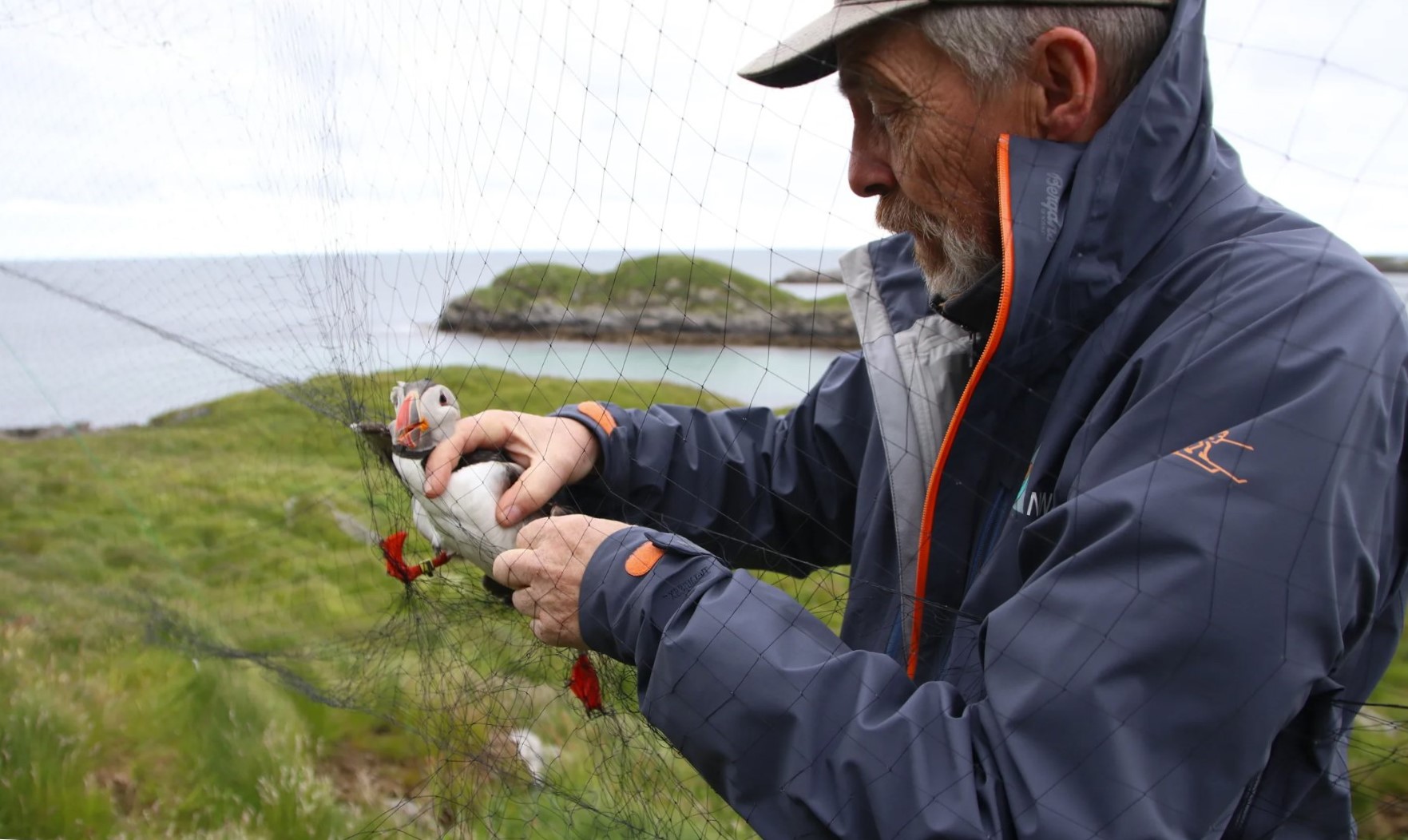Summer neighbours choose different wintering areas
Based on a Master thesis, researchers have investigated differences in diet and spatial distribution of Atlantic puffins and black-legged kittiwakes from Røst in the non-breeding season. Using tracking data and analyses of feathers from the birds, they have been able to reveal that even birds of the same species from the same colony may choose different strategies after leaving the nest sites.
What determines the winter distribution of seabirds?
Polar ecosystems are subjected to many stressors, including climate change, that impact their overall functioning. Seabirds are good bioindicators of these systems as they readily respond to changes in environmental conditions. To quantify how environmental changes affect their life history, data on seabird diet, spatial distribution and body condition are needed to reveal the underlying mechanisms. In a recent study, researchers explored possible drivers of the winter distribution of single-colony populations of Atlantic puffins Fratercula arctica and black-legged kittiwakes Rissa tridactyla, two of the most numerous seabird species in the North Atlantic.
Feather samples and tracking data
Based on carbon and nitrogen stable isotopic data from feathers moulted during winter migration, three groups of Atlantic puffins and two groups of black-legged kittiwakes were identified occupying different isotopic niches. Geolocator tracking data for the same birds was then used to determine if these groups reflected corresponding differences in the location of moulting grounds rather than differences in their diet. The data revealed that the isotopic niches of the three Atlantic puffin groups likely resulted from their use of different habitats during winter moult. In contrast, the isotopic niches of the two black-legged kittiwake groups were more likely a result of differences in their diet, as both groups were distributed in the same area.
Carry-over effects
These findings suggest that different winter feeding and/or migration strategies may play a role in shaping the body condition of individuals for their following breeding season. Understanding the role of environmental conditions encountered by seabirds during winter migration is needed to further elucidate such intracolony divergences in strategies. As polar ecosystems are affected by rapid changes in environmental conditions, the approach presented in this study may provide valuable information for the development of effective conservation measures (taking both intra- and intercolony variability into account), and to better predict future impacts of climate change.
Read the article:

Photo © Per Anders Todal

Photo © Tycho Anker-Nilssen
Contact person: Tycho Anker-Nilssen, NINA
